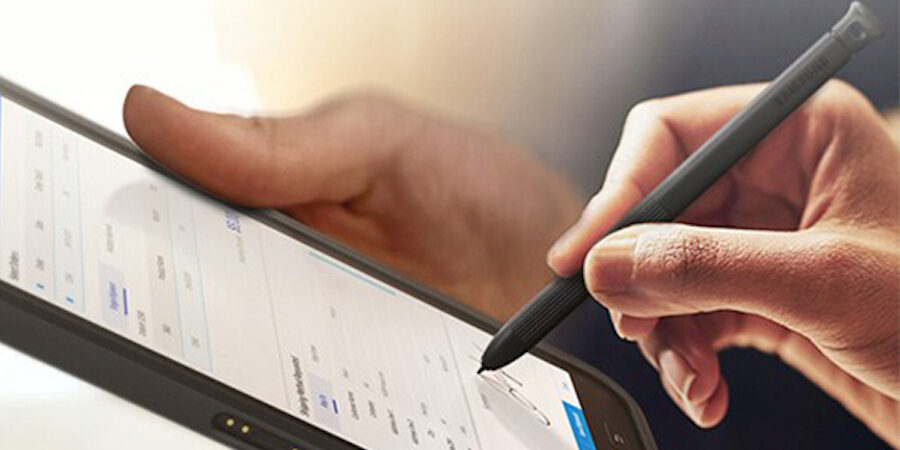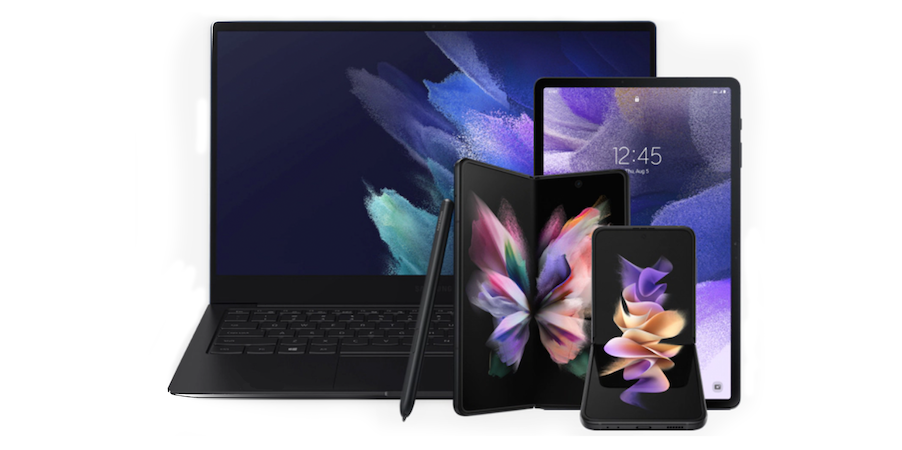Most every department in every business has documentation processes to complete — whether it’s human resources onboarding employees, sales reps sending contracts to customers or legal departments requiring NDAs. But none of this business process actually requires paper (or printing, scanning and faxing), which is fortunate now that most people are suddenly working from home.
Electronic signature solutions have become the second-most popular work-from-home technology for businesses, after telehealth and before videoconferencing, according to a May 2020 report from Trust Advisors.
Scott Owen, vice president of development and channel at signNow, says their phones have been ringing off the hook since March 2020. “As the new normal continues to shift, a lot of small and medium businesses have said ‘Hey, remember that electronic signature thing we probably should have put in a few years ago? Now it’s absolutely essential for our business to continue.'”
So how does signNow work? What are the benefits for businesses? And what best practices should they follow to get the most value out of e-signature business apps?
How electronic signature works
When signNow was founded in 2011, it was a basic e-signature tool that let businesses collect legally binding signatures remotely. But as cloud technology has evolved, so has signNow. Thanks to multiple integrations, the solution has gained workflow management capabilities that can increase productivity while improving both customer satisfaction and the employee experience.
Once a business deploys signNow, anyone at the company can create signable documents or set up e-signature workflows, even while offline. All they have to do is upload the document and drag and drop signature lines to the correct spots. And if they need to reuse the same document, they can easily turn it into a template for reuse or activation.
If the document requires multiple approvals, the employee can indicate who needs to sign where. Then they send it along to the first signer. They can also choose where the document will be automatically filed once complete — whether in a popular cloud-based solution like Google Workspace, Microsoft Office or Box; a CRM solution like Salesforce; or any of the other popular business apps that integrate with signNow.
For example, if a company needs sales prospects to sign NDAs before sending them proprietary information, the sales manager can put an NDA template in Salesforce for the entire team to access and set that template to autofill based on customer profile data. When it’s NDA time in the sales process, reps can send the NDA to the prospects in one click — with the customer’s name and contact information already filled out. Once the customer completes the form, the signed document gets automatically stored in their profile on Salesforce.
Benefits of e-signature with signNow
What’s the value of digitizing document workflows?
Increased employee productivity
Paper-based signature workflows can be time-consuming, even when everyone’s in the same room. If someone forgets to sign on one dotted line or fills out a portion of the document incorrectly, the process stalls or has to start over. When everyone is working remotely, managing paper is even more of a hassle — complete with printing and scanning, then mailing, emailing or faxing.
With signNow, Owen says digital document workflows get turned around an average of 25 times faster, because signers can do their part with just a few clicks and information gets entered correctly the first time, every time.
Improved customer experience
As easy as it is to send e-signature documents, it’s even easier for the recipients to complete them. Customers can access documents using the mobile app. The software guides them through the document, shows them exactly where to sign and ensures they complete all required sections before submitting.
This ease of use translates to increased productivity — 80 percent of documents are signed and returned within a day — and customer satisfaction scores improve an average of 127 percent, according to signNow.
Secure, legally binding documents
signNow’s solution meets industry-leading security and compliance standards, including HIPAA, GDPR, FERPA, SOC 2 type 2 and PCI DSS. And thanks to digital certificates, businesses can be sure they’re seeing the document exactly as it looked when it was signed.
Digital signatures are legally binding, says Colin Teubner, signNow’s director of customer solutions, and the platform allows for several different authentication methods, depending on the business’s needs and preferences.
signNow offers world-class security and authentication protocols such as:
- Detailed audit trail with IP address
- SMS authentication
- Voice authentication
- Password protected documents
- Data encrypted at rest
- TLS security for encrypting documents in transit
- Support for HIPAA compliance initiatives using a BAA
- SOC2 audit availability
Cost savings
Sending paper documents for a customer to sign can cost $25 to $35 due to printing and shipping expenses, says Owen. signNow has a monthly priced subscription-based model that is cancellable at any time, and they offer a discounted annual fee for up-front payment.
Owen says customers typically get seven times their return on investment (ROI) in the first year. And unlike competitors that cap user send limits at around 100 per year, signNow’s cap is 1,000. “That’s 10 times the opportunity for usage of product, less cost and a simpler user interface than businesses get with our competitors. Very rarely do our customers need to purchase an additional seat because of send limits.”
Business continuity from any location
With contactless completion of important documents, employees can collaborate from the office, the home and everywhere in between, and customers can experience the ease and security of doing business with the company remotely.
Companies can get up and running with signNow quickly. To deploy the software, they simply need to create an account and ask employee users to install the mobile app on their smartphones or tablets. The technology typically requires little to no training, and most integrations can be set up with just a couple hours’ phone support from the signNow team.
“We do training for free on request if customers need it, but most don’t, because the system is very intuitive,” says Teubner. “We also host monthly webinars to help with advanced tips and tricks inside the product.”
Best practices for deploying digital document workflows
Deploying the solution across a business’s workforce is as simple as downloading the app on employee smartphones or sending them a link to download it themselves. Getting employees to actually use the app isn’t hard either, Owens says. All employers need to do is give them their first use case.
Power your business with Samsung.com Advantage
Get exclusive discounts, financing and other deals on Samsung business solutions. Download Now
“Get that first use case started as soon as possible, whether it’s an HR onboarding or offboarding use case or procurement or a sales contract. Or give them a shared template the whole team can use for a process they’ve been doing on paper. The moment that people start using it, they see how easy it is, how time-saving and cost-saving it is, how it helps the customer experience. Then they’re a customer for life.”
Discover more essential apps to empower your growing business — and explore exclusive business pricing, financing and trade-in options and other deals on everything from phones and tablets to monitors and memory.






